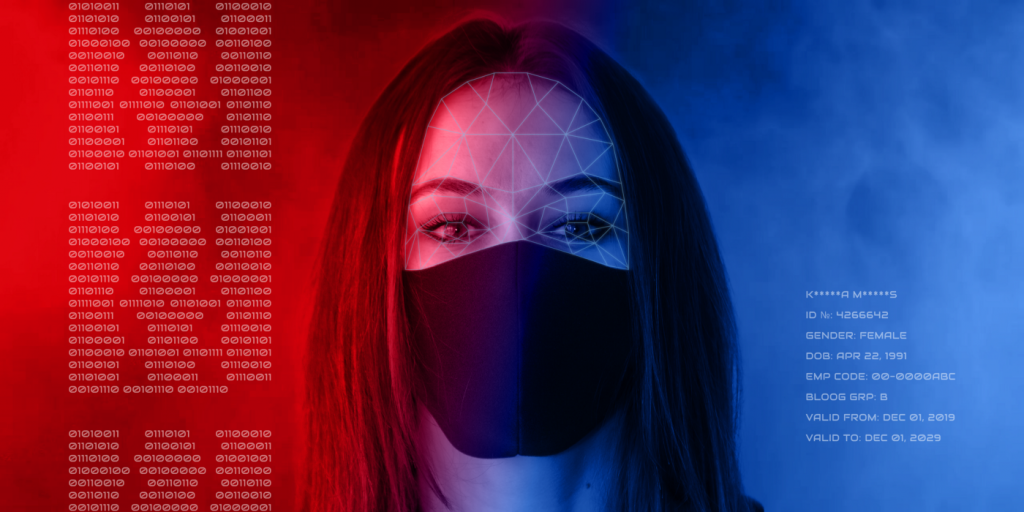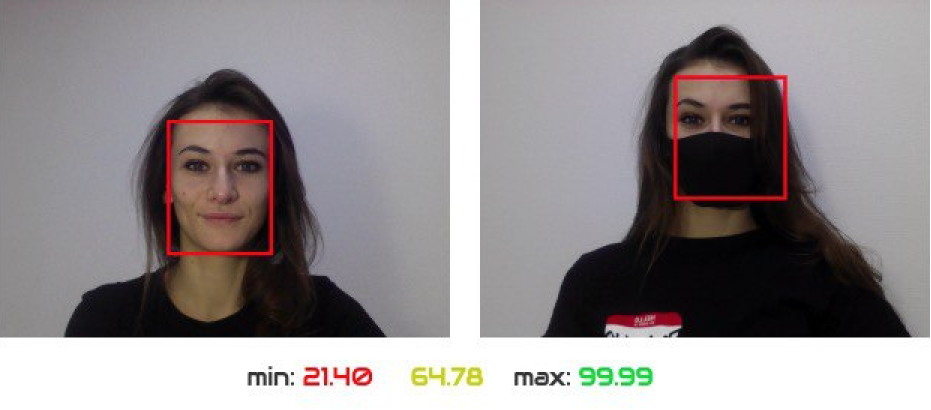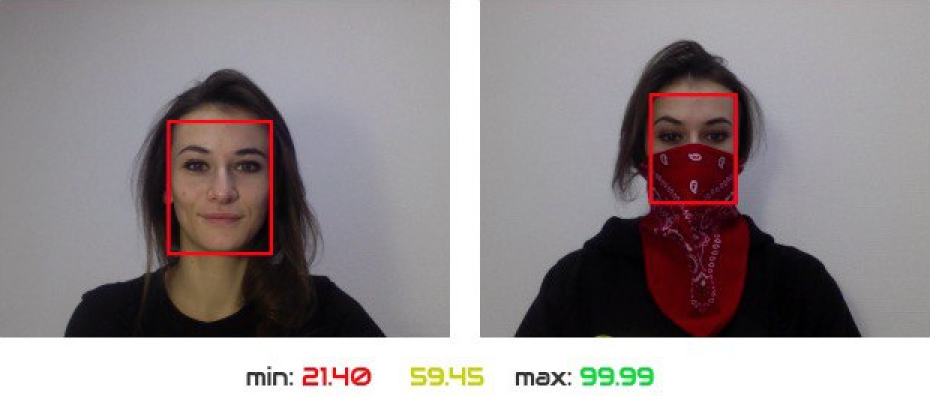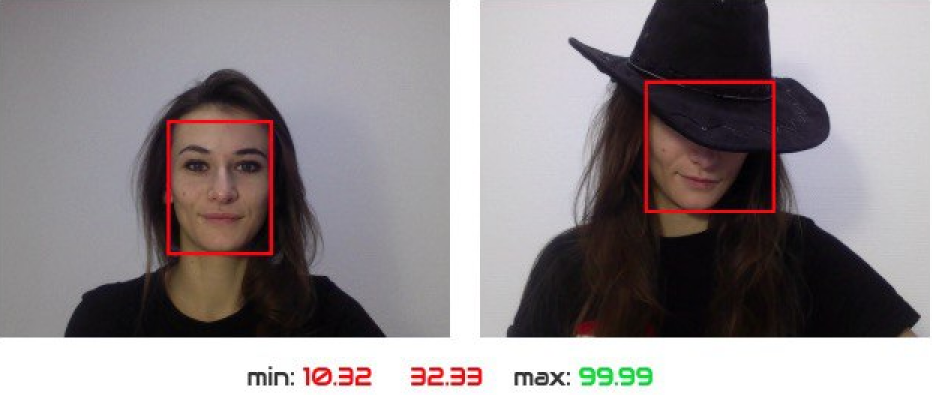SVORT vs. Coronavirus: can protection from COVID-19 impede neural-biometrics?

There are currently 129,589 confirmed cases of the coronavirus as of March 12, 2020. For thousands of people, the epidemic means altering their behavior by wearing masks to protect themselves. Some of them complain, that their devices’ facial recognition doesn’t work properly because of the half-covered face. Others are dissatisfied with facial recognition software that is used at some train stations, airports, retail stores, and hotels that become annoying and inconvenient because of face-mask wearing.
Does it mean the universality of biometrics is in doubt? Actually, it just brings to light imperfections of the existing solutions. While other providers of biometric identification attempt to fix their software and increase its accuracy, SVORT is not much concerned as it recognizes users in masks exactly in the same way as without them. The details are covered below, but first, take a look at these pictures. Spoiler: neither hat nor mask impedes the accuracy of SVORT as it still recognizes the user.





To conduct neural-biometric matching we take two images. The first is a standard that is available from previous registration, ID, internal database, etc. The second image is taken in real-time when a user performs biometric identification and deleted immediately after extracting biometric vectors. SVORT compares biometric vectors from both images and indicates (the number in the middle) how similar are people on the left and right.
What makes SVORT non-sensitive to wearing face masks?
The core lies in the approach to recognition. SVORT does not rely on facial images but builds a 3D model and extracts biometric vectors that are responsible for recognition. That is how it goes:
- During the user’s registration, SVORT takes 40+ photos at certain angles.
- Biometrics vectors are extracted.
- Neural networks are trained to recognize the user.
By ‘biometrics vectors’ we mean a non-human interpretable identifier that has the biggest possible cosine similarity* for one person and the biggest inequality for different persons. And this poses SVORT’s unique ability to identify people wearing face masks.
*Cosine similarity is a measure of similarity between two non-zero vectors of an inner product space that measures the cosine of the angle between them (source: Wikipedia).
Do not be defensive about the pictures above, they were taken to demonstrate SVORT’s accuracy when user’s face is half-covered. Note that we do not take photos and there is no sensitive data like facial images stored or transferred. SVORT enables clients to store and transfer only neural networks that are trained to recognize users. These networks are depersonalized and anonymous as they do not contain any data on users and it is impossible to clarify some person’s face features (like eyes color, face geometry, etc.) using it.
Conclusion
Some argue that the coronavirus epidemic will lead to a massive technology rollback and will return humanity if not to the Stone Age then at least to the use of a fingerprint. Here in SVORT, we think that COVID-19 will open up new opportunities for truly working solutions and give a boost to new players in the biometrics market if old ones are failing. If you are interested in testing our neural-biometrics, leave your request here.